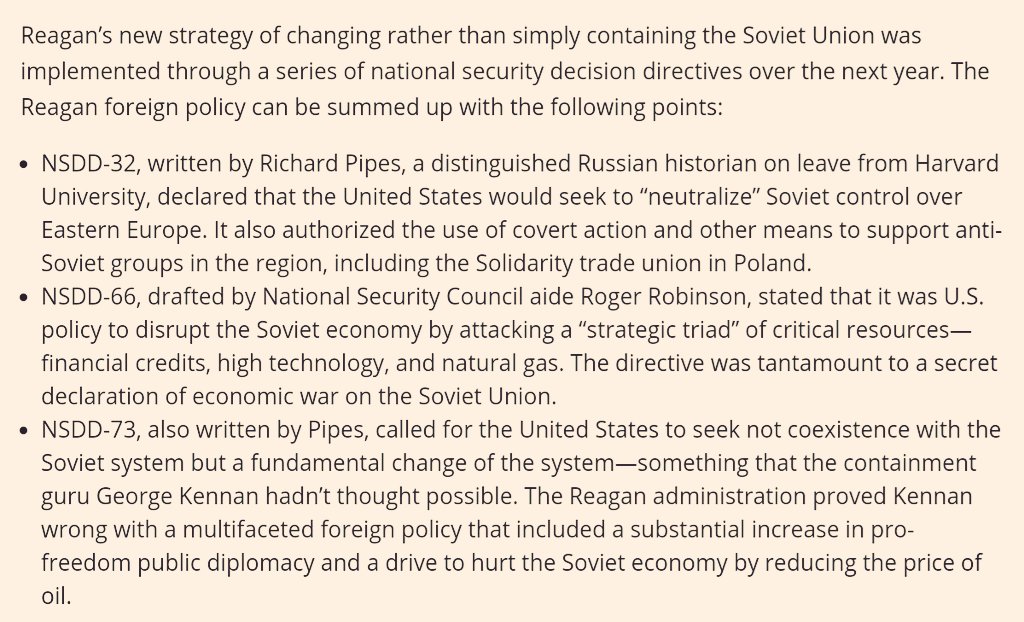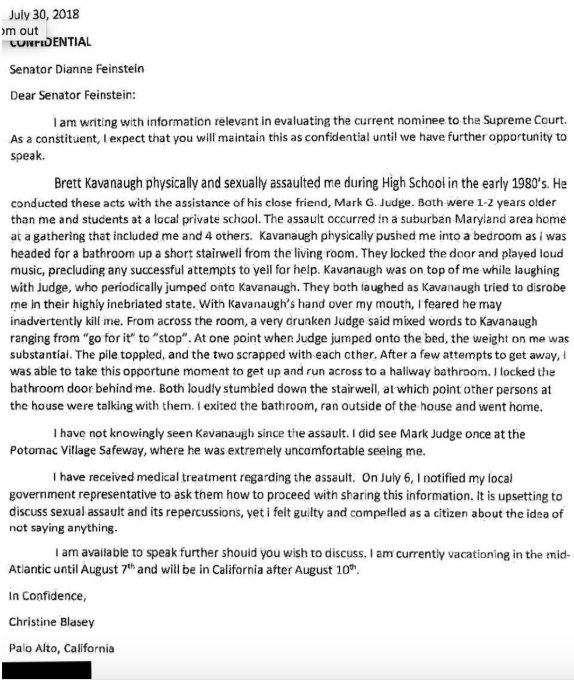gfdl.noaa.gov/global-warming…
(thread)
More than a decade ago, Kerry Emanuel and I showed (meteo.psu.edu/holocene/publi…) that this approach is problematic.
Ryan Maue (desmog.co.uk/2017/08/14/cli…)
Judith Curry (sourcewatch.org/index.php/Judi…)
Roger Pielke Jr (huffpost.com/entry/fivethir…)







